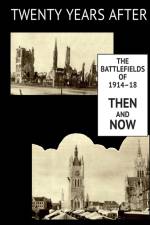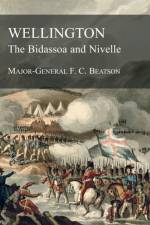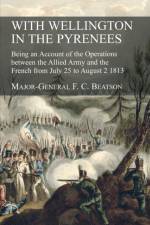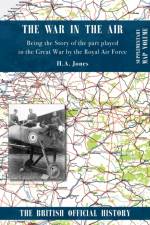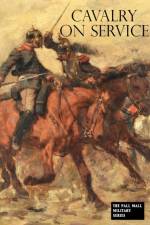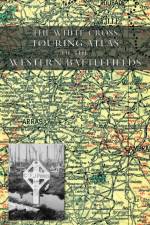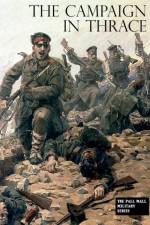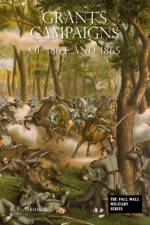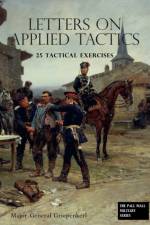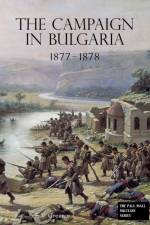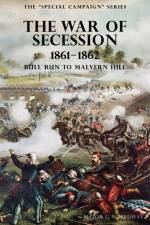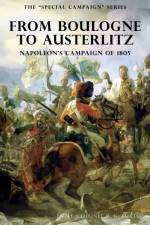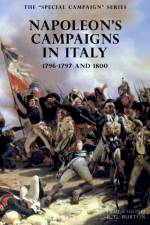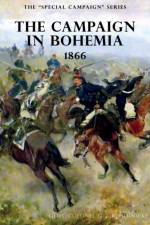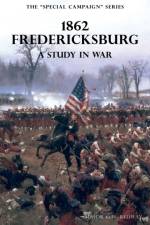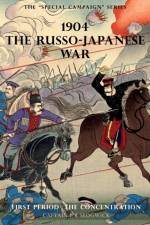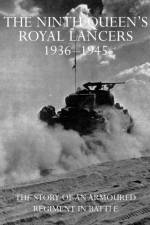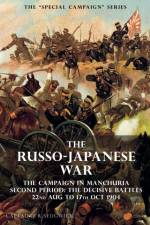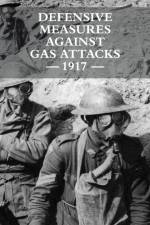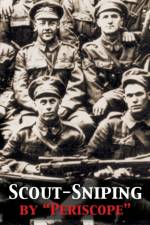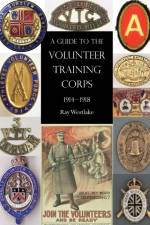- The Story of an Armoured Regiment In Battle
421
This a very good WW2 Regimental History of a fine fighting unit that formed part of the the 1st Armoured Division. The regiment's battle honours for the Second World War were as follows: Somme 1940, Withdrawal to Seine, North-West Europe 1940, Saunnu, Gazala, Bir el Aslagh, Sidi Rezegh 1942, Defence of Alamein Line, Ruweisat, Ruweisat Ridge, El Alamein, Tebaga Gap, El Hamma, El Kourzia, Tunis, Creteville Pass, North Africa 1942-43, Coriano, Capture of Forli, Lamone Crossing, Pideura, Defence of Lamone Bridgehead, Argenta Gap, Italy 1944-45.The Lancers landed in France to cover the retreating French, Belgian and British armies on 20 May 1940 and took part in the Battle of France. Withdrawn to England, the regiment landed in North Africa in September 1941 and undertook a leading part in the First Battle of El Alamein in July 1942.According to General Sir Richard McCreery: "The 9th Lancers took part in many decisive battles, none more so perhaps than the long withdrawal from Knightsbridge, south of Gazala, to El Alamein. Many think that Egypt was saved when the Eighth Army defeated Rommel's last big attack in the Western Desert at the end of August 1942. Actually, Egypt was saved earlier during those first few critical days of July when Rommel drove his tanks and self-propelled guns and trucks forward along the Ruweisat Ridge in close formations, to be stopped by the 25-pounders and the remnants of the 2nd Armoured Brigade with their "thin-skinned" Crusader tanks. In this critical action the 9th Lancers took the principal part. Throughout that long withdrawal from Knightsbridge, when the fluctuating Battle of Gazala had finally swung against the Eighth Army, past Sollum and Matruh to the Ruweisat Ridge, only seventy miles from Alexandria, the 2nd Armoured Brigade with the 9th Lancers always there but often reduced to only a handful of tanks, fought on skilfully and with gallant endurance and determination. Egypt was then saved indeed and with the arrival of the 9th Australian Division from Syria about the 6th of July, the tide of the whole war was turned.”McCreery went on:"Right well did the intensive training of the 9th Lancers with the Sherman bear fruit in the great battle which followed. As the world knows, the breakthrough at El Alamein did not come quickly. Rommel had had two months to build up defences and minefields in depth. However, in the ten days "dogfight" tank crews with their new 75-mm guns were knocking out far more enemy tanks than our infantry appreciated at the time."The regiment's marksmanship was renowned; their best shot was Corporal Nicholls of B Squadron, who was once personally congratulated by General Bernard Montgomery for knocking out nine enemy tanks in one day. The regiment landed in Italy in mid-1944, where it saw action at San Savino in the battle for the Gothic Line in September 1944 on the Italian Front. The regiment formed the spearhead of the British Eighth Army in the breakthrough to the River Po in the Spring of 1945. By the end of War, 143 members of the regiment had lost their lives.The regiment was amalgamated with the 12th Royal Lancers to form the 9th/12th Royal Lancers in September 1960.

